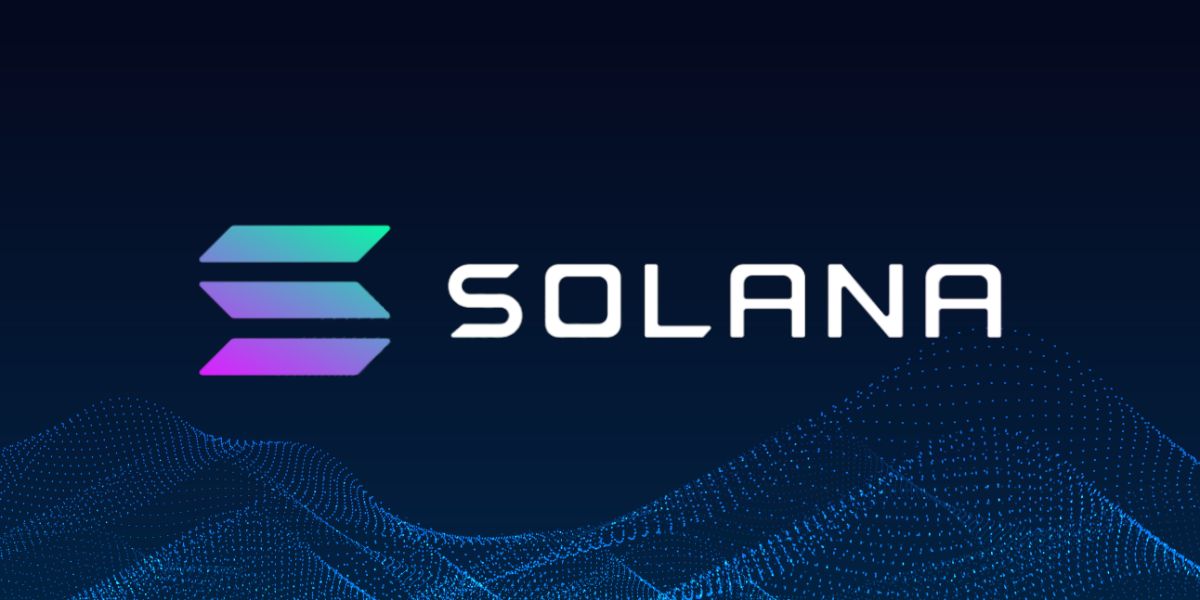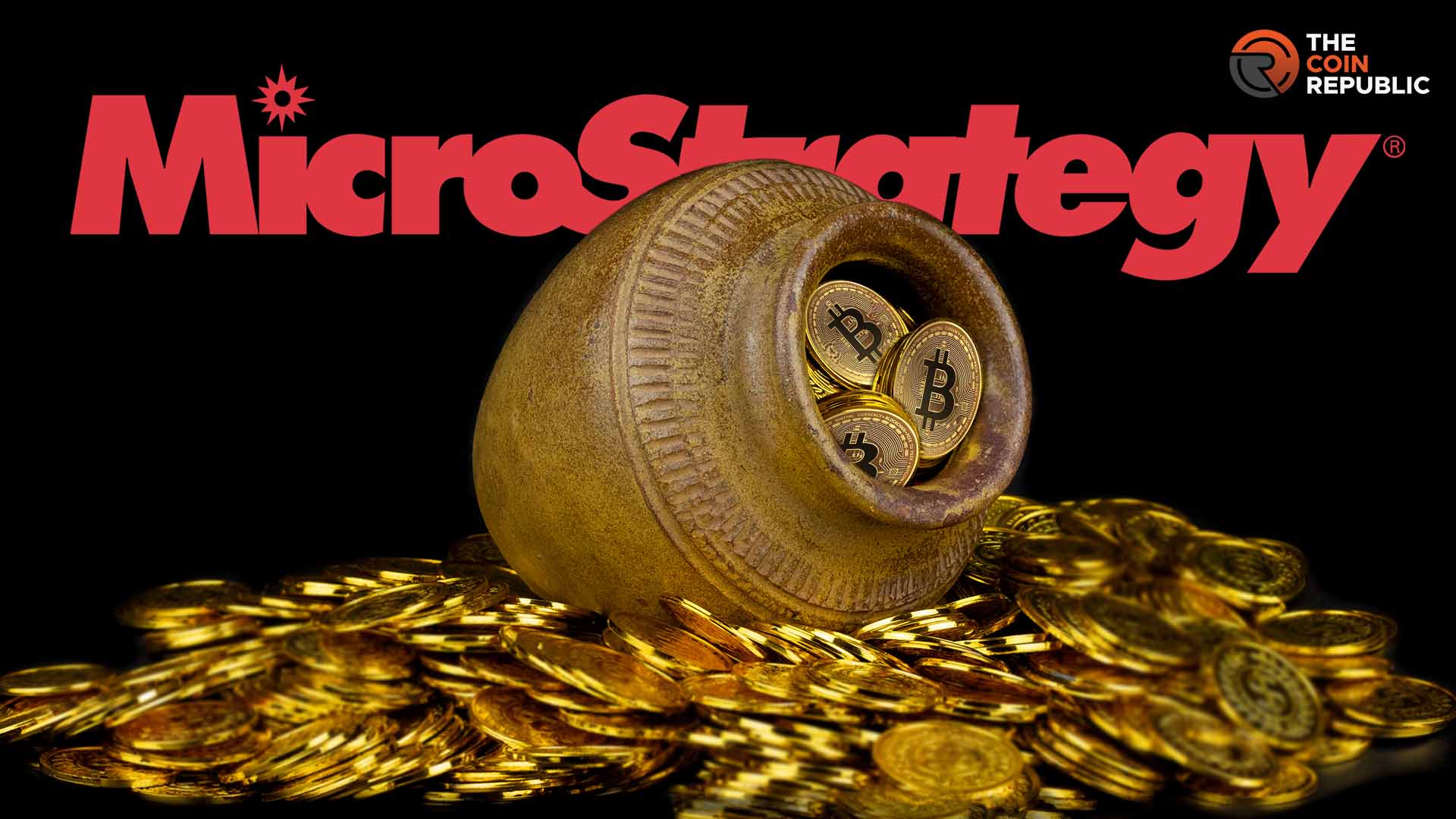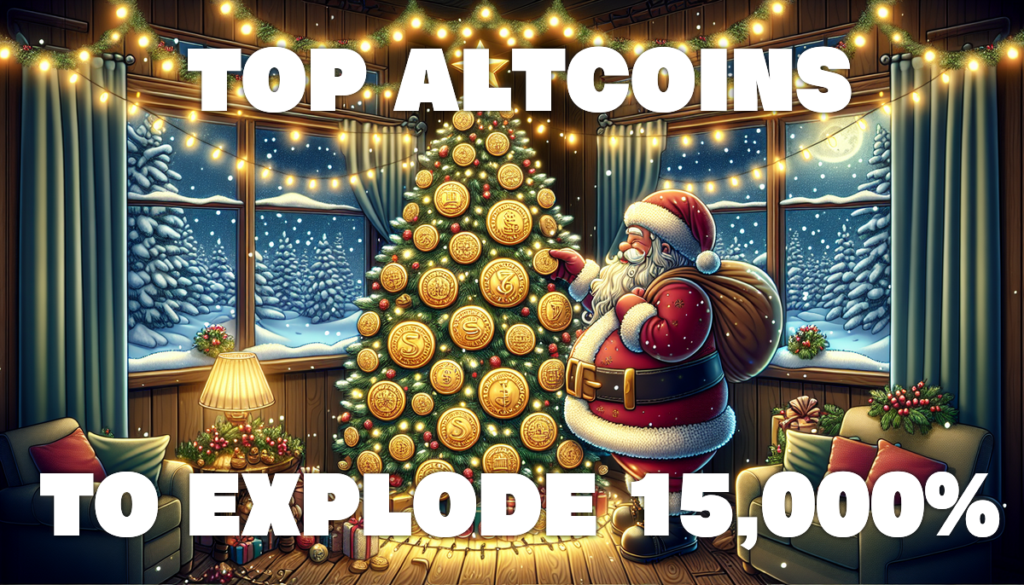
Solana developers have introduced a groundbreaking hashing mechanism designed to address the network’s scalability challenges. In a proposal titled SIMD-215, published on January 6, the team unveiled a “lattice-based homomorphic hashing function” that reimagines how user accounts are tracked and verified.
Revolutionize State Verification
The innovation aims to solve what has been dubbed the “state growth problem.” Currently, Solana’s blockchain must regularly recalculate the state of all accounts, a process that becomes increasingly cumbersome as the user base expands. Anatoly Yakovenko, co-founder of Solana Labs, previously outlined the issue in a May 2024 post, explaining that the system’s inefficiency lies in the need for every node to maintain a comprehensive index of all accounts.
The proposed Accounts Lattice Hash upgrade seeks to eliminate this bottleneck by enabling instant verification and focusing on processing only the accounts that have changed. As described by crypto research firm Republik Labs, the concept simplifies state verification: “Think of it like cleaning a house. Instead of scrubbing every single room every day, you only tidy up the spaces that got messy.”
Streamlining for Massive Solana Growth
If adopted, the proposal could pave the way for Solana to scale to billions of accounts without the current computational strain. By addressing these inefficiencies, the network stands to benefit from enhanced speed and reliability, positioning it as a more attractive option for developers and users alike.
This innovation comes as Solana continues to cement its dominance in DeFi sector. According to DefiLlama, Solana’s decentralized exchanges (DEXs) have generated over $113 billion in trading volume over the past month, outperforming Ethereum’s mainnet, which recorded $78.9 billion. This represents a 43% lead, further solidifying Solana’s reputation as a high-performance blockchain.
The Accounts Lattice Hash system is more than just a technical upgrade; it represents a strategic move to position Solana as the go-to network for scalable and efficient blockchain solutions. With the ability to process state updates more effectively, the network could not only support its current growth but also handle future demands in a way its competitors may struggle to replicate.










